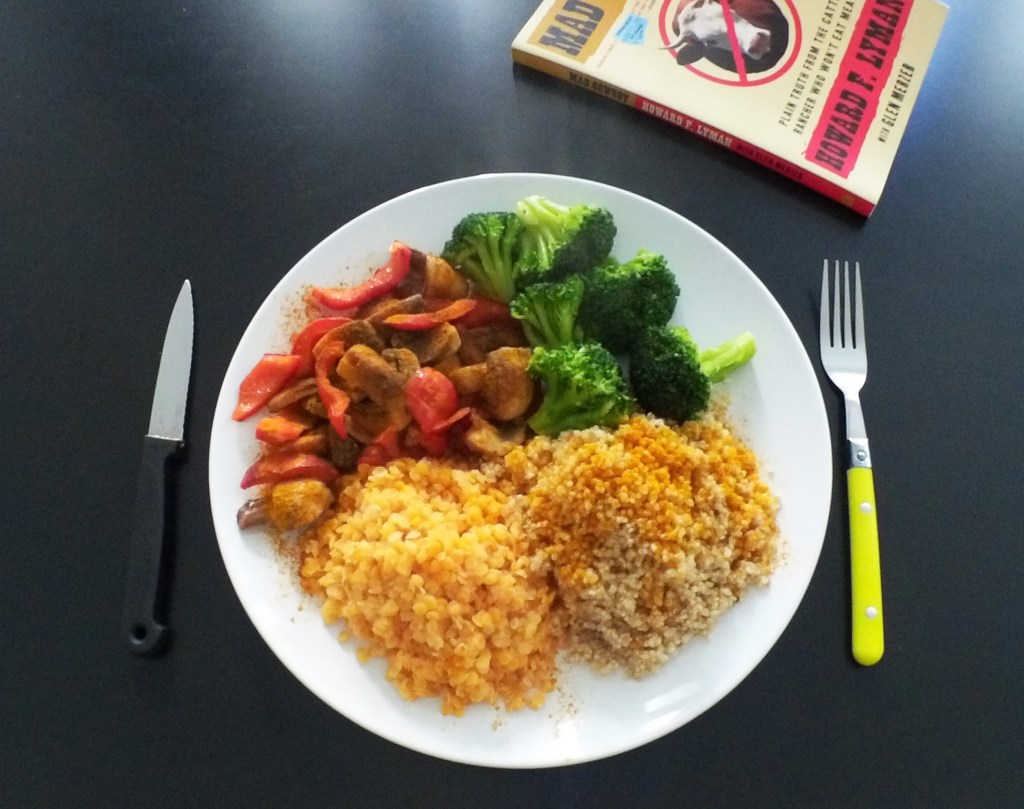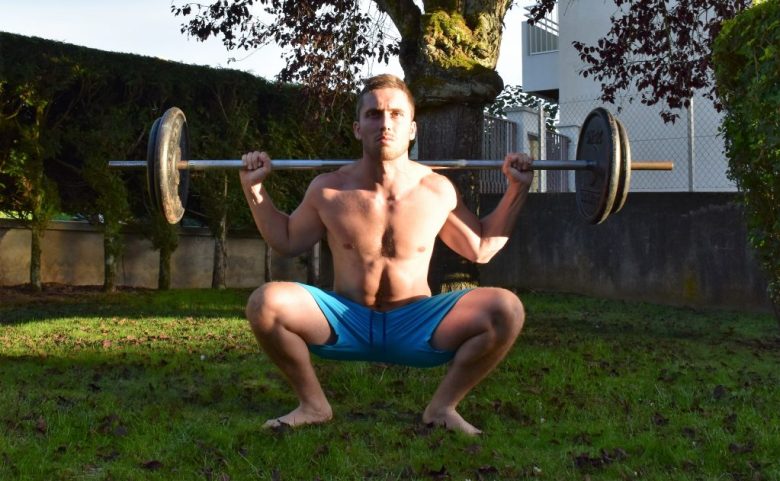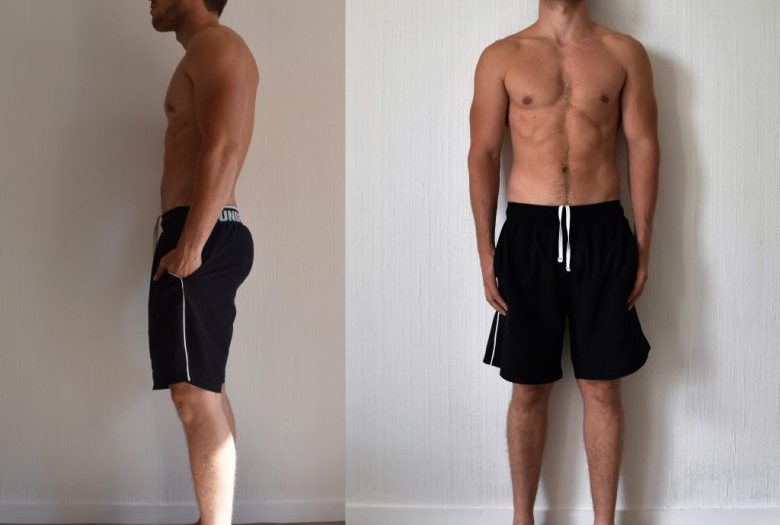Here we go! As I announced previously , I decided to become vegetarian and to follow my physical evolution in relation to this diet, and this over a period of ‘one year. Today is the first round of testing and I don’t know really what will be the results.
Indeed, I rarely perform max because I hardly ever work under ranges of 5 repetitions. For cardio tests on the other hand, I do occasionally do some, being easier to set up.
The plate
Being recently vegetarian, I logically have a lot of progress to make. In this part, I will only mention the foods that I eat, their nutritional value will be explained in some ancillary articles. I still eat dairy products even though I have reduced their quantity. To put it simply, I hardly buy dairy products anymore, but I still consume them occasionally when I’m invited (cheeses, desserts). I replaced cow’s milk with plant-based milks: soy or almond.
For protein sources, I made sure to include quality plant protein sources in my meals to maximize the chances of reaching my goals and avoid deficiencies. I mostly eat eggs, tofu and all kinds of legumes and cereals rich in protein: quinoa, buckwheat, red beans, lentils, split peas and chickpeas .… In addition, their high content of slow carbohydrates allows to get plenty of energy for training.

The consensus that until now dictated the obligation to combine legumes and cereals during a meal to have all the essential amino acids (proteins) is called into question by recent studies. But not having enough information to date, I will start by making these associations, the variety can only be beneficial.
I also eat a lot of nuts and oleaginous fruits, which are also very good sources of protein and rich in good quality lipids ( omega 3 ), such as for example almonds, hazelnuts, Brazil nuts and cashews , unroasted and unsalted, consumed as a raw product. I have increased my rations of fruits and vegetables and I garnish my salads and most of my dishes with olive oil or rapeseed , well balanced oils.
I also have a few dietary supplements: whey protein isolate from soy, creatine (which is not produced from animals). I stopped consuming bcaa and omega 3 for lack of information on traceability, and while waiting to possibly find sources reliable plants.
Treening
I am only giving here the general detail of my program with the exercises and the distribution during the week. There can be several variations within an exercise (example: bench press which can be performed on a flat or incline bench and with a normal or tight grip…).
I am currently working on building muscle mass. In a workout, I work a muscle / muscle group in a format of 8 to 12 sets of 10 to 12 repetitions, with rest times between 1min and 1min30. My warm-up is currently often composed of 3 attempts at a max of double unders, 3 min of handstand as long as possible (headstand position) then I switch to the specific warm-up of the day, depending on the muscle groups worked.

- Session 1): Legs + Back (deadlift + lunges + squat pistol)
- Session 2): Pecs, Shoulders – (push-ups, handstand push up) + Back, Biceps, Abs (pull-up, sit up, sheathing)
- Session 3): Cardio (sprint, 5km run)
- Session 4): Legs (back squat + overhead squat + front squat + sprint)
- Session 5): Back, Biceps, Abs (muscle up, pull-ups, toes to bar) + Pectorals, Triceps (bench press, forehead bar)

